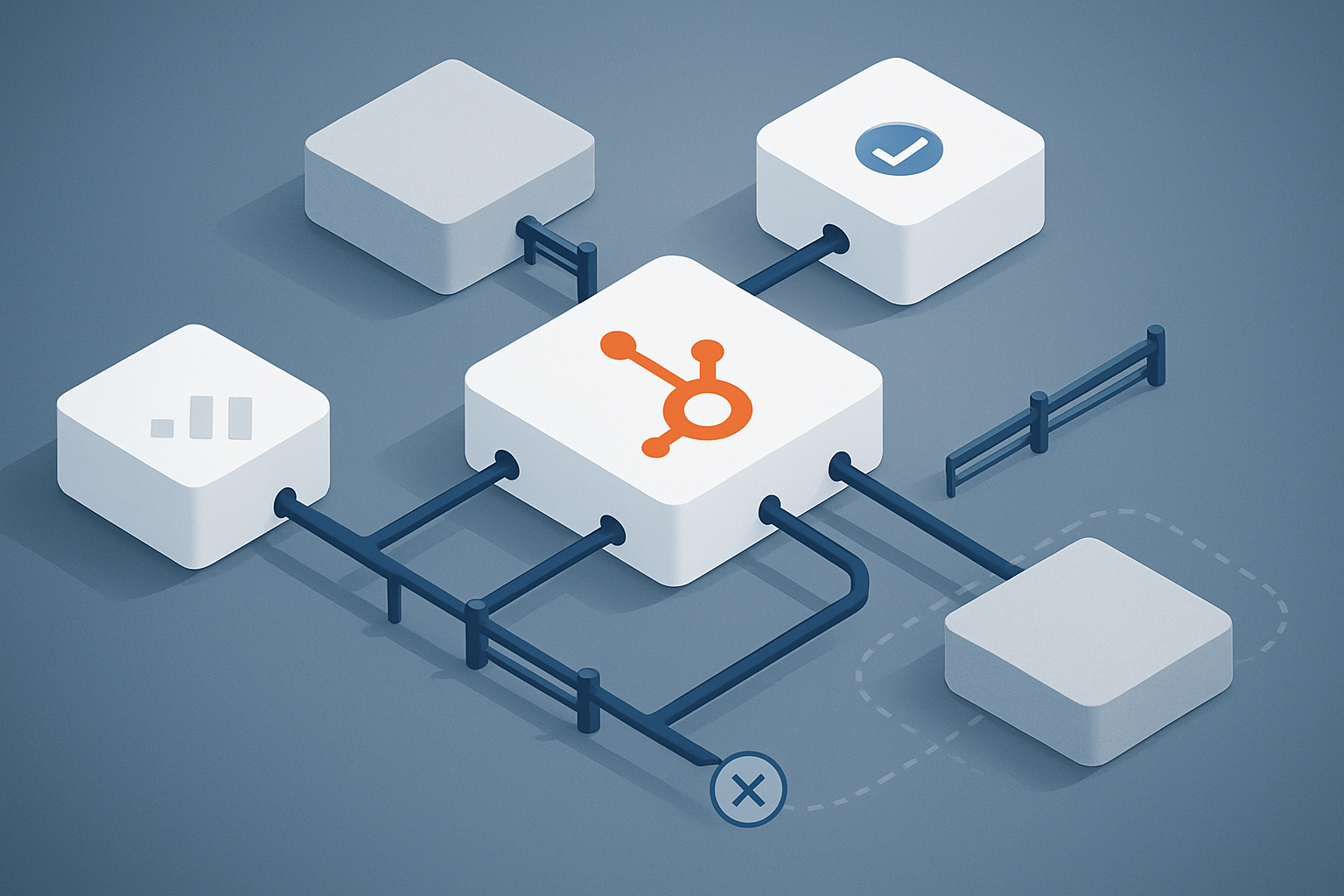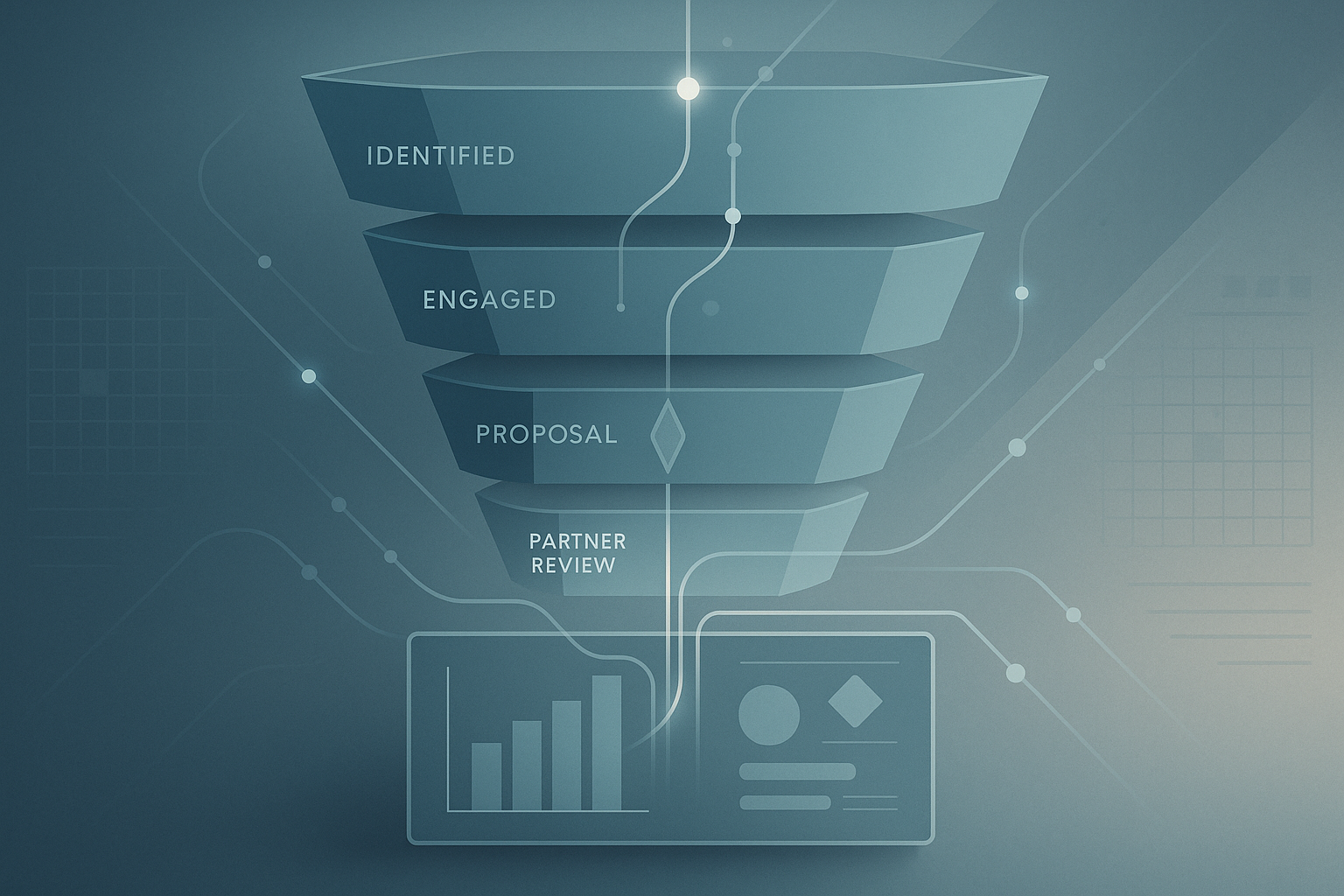Getting the most out of integrations with HubSpot CMS
HubSpot
Customer Experience
API & Integrations

As CMS systems go, the HubSpot CMS allows you to do a lot from within the framework of the CMS itself. Unlike WordPress, you don’t need to rely so much on third party plugins. However, there may be times when you will want to integrate additional applications - such as heat mapping software - into your site.
Integrations allow you to connect with other essential software your business is using so that you can link data in and out of HubSpot and remove a 'pain point'.
As always, the HubSpot CMS is most effective if you use the HubSpot CRM. Some of the features discussed in this blog only apply if you’re already using the HubSpot CRM.
Want to know more about developing on the HubSpot CMS? Have a look here.
What are integrations?
Integrations connect your software to third party applications, allowing them to share information with each other. They function by sharing data from one system to another, giving you more features and options while using the HubSpot CMS.
Here’s a really simple example:
Imagine you want to stream Netflix from your laptop to your old TV with a HDMI cable. The integration would be the HDMI cable… Without it, you wouldn’t be able to watch your favourite show.
In the case of the HubSpot CMS, we use integrations to collect data from third-party software that we use on our websites. Hotjar would be an example. However, integrations are about much more than just tracking; you can actually integrate two complete software like WhatsApp with HubSpot.
Why should you use integrations on the HubSpot CMS?
Integrations are helpful for virtually every business’s site, as no CMS (or CRM) has every feature or function you could ever need ‘in the box.’
Integrations allow you to seamlessly transfer and/or store the information you collect from external applications in the HubSpot CMS with no manual entry required.
Essentially, they allow you to easily collect and use data from external applications to create a more unified site.
Integrations allow you to use CMS Hub while adding additional features that you may need but aren’t able to build within the software. You enhance the HubSpot CMS’s functionality, using it to do a wider variety of tasks.
Integrations are especially important for fast-growing companies as their website needs are bound to change.
Although the HubSpot CMS might have the functionality you needed at the start, chances are you’ll need additional applications with extended features as you grow. For instance, as your traffic increases, it can be worthwhile to introduce extra tracking features to your site.
Where do I find HubSpot integrations?
Integrations are located in the HubSpot Integrations & Applications Marketplace. Here, you can search and learn more about various integrations and their functions. Then you can connect HubSpot CMS to the relevant integration.
HubSpot has a helpful collection of information about integrations - including case studies - here.
What on earth are APIs and what do they have to do with integrations?
An API - short for applications programming interface - is an interface that software uses to receive information. This can be about data, servers, applications or whatever.
By building integrations on APIs, you can connect your integrations to the HubSpot CMS and use them in tandem with one another. By doing this, information flows between apps and devices in real time.
I’ve heard of iPaaS solutions. Are they the same?
No, although they ultimately do the same job. An integration is a one-to-one, direct connection. An iPaaS, or Integration Platform as a Service, is slightly different.
An iPaaS is a cloud-based platform that connects your applications and systems between your own software and a third party application without the use of middleware. You could turn to an iPaaS if you looked for an integration on the HubSpot Integrations & Applications Marketplace and couldn’t find it.
Friction busting integrations
Here are a couple of popular HubSpot integrations:
QuickBooks
We love the integration for the accounting software QuickBooks.
If you use HubSpot, a frequent ‘pain point’ can be having all your contacts over in HubSpot and then having to manually create an invoice for activity in QuickBooks when needed - for instance, when a deal closes in HubSpot.
With an integration, you can automate this, saving valuable time. Over time, these sorts of integrations really reduce friction in a company.
LinkedIn Ads
Monitoring ad campaigns is especially time consuming if you’re trying to do it over a large number of platforms.
The LinkedIn Ads integration means you can connect your account to HubSpot, allowing you to target your customers with relevant ads and report on the ROI of your campaigns.
As people fill out your lead generation ads, they’ll automatically be brought into the HubSpot CRM. With this integration you’ll no longer have to spend time exporting your leads from LinkedIn.
Building a website on the HubSpot CMS and then linking it to your CRM with the correct apps and integrations isn’t easy. Sometimes it can save you time and resources if you outsource it to seasoned professionals. Get in touch with us if you want to know how we can help.


